Literary censorship in Afghanistan has always been part of a larger cultural project of nation-building.
Book burning was a common practice in the despotic empires and authoritarian regimes of the Middle Ages, as well as the nation-states of the 20th century. It happened under the rule of the Ghaznavid dynasty in ancient Khurasan, the Mongol Empire and the German Third Reich. Many liberal-democratic states are susceptible to censorship practices, so the question to ask is what explains the desire to burn books by both despotic and democratic regimes?
Book Burning as a Cultural Project
Censorship and book burning is not merely a curtailment of human rights and freedoms, but a cultural project in itself. It is linked to legitimization, delegitimization, purification, conservativism, representation and construction of society. This cultural project defines which ideas are permissible and which are not. This process is the politicization of culture.
The burning of books and literary censorship are institutional practices and are a consequence of an idea. It is not a singular individual practice. Rather, it often assumes the form of an institutional project, which represents a certain way of thinking. Book burning may be practiced by an individual person, a religious leader, a political party or the state, but in essence it is an institution.
These events also entail a process of “otherization” in terms of simple binaries. An evil “other” is constructed and portrayed against the good “self.” The other is a threat and a danger to the self, the national identity or national culture. The process of “otherization” provides the condition for the self to eliminate the other. Therefore, books, which were banned or burned, were projected as a threat to national security or the culture of society.
A modern nation-state may attempt book burning for the purpose of nation- or state-building. Attempts to construct a nation-state are usually informed by the “one state — one nation — one language” policy. It aims to purify the history, culture and the nation from undesirable elements. A religious leader may attempt book burning to purify the religion. In a traditional society, conservative forces may perform the act of book burning in order to sustain the traditions of society.
Empires, while conquering other lands, often burned their libraries. The intention behind this destruction was to eliminate the history of people and reduce the risk of revolt and resistance. According to some sources, Alexander the Great burned some libraries while invading and conquering the Achaemenid Empire. The library of the Samanids was burned by the Turks’ invasion of Khurasan (predecessor of Afghanistan). Similarly, Sultan Mahmud Ghaznavi (Mahmud of Ghazni) burned libraries while expanding the Ghaznavid Empire to the west of Khurasan. And Genghis Khan’s cavalry burned the House of Wisdom library in Baghdad and other libraries across Khurasan.
In 2009, the Ministry of Culture and Information seized 25 tons of books from a publisher that imported them from Iran. Among these books, 11 titles were determined as unpermitted and were thrown into the Helmand River.
Arjun Appadurai argues that the formation of modern nations leads to the emergence of predatory identities. According to his argument, the idea of predatory identity tries to fill the gap between:
“… the numerical majority and the fantasy of national purity and wholeness … Predatory identities are product of situation that in which the idea of national peoplehood is successfully reduced to principle of the ethnic singularity so that existence of a small minority is seen as a deficit in the purity of nation.”
In this process, book burning is a practice undertaken to purify the nation.
Furthermore, as constructing history is central to the purification of a nation, banning or burning those history books, which are in contradiction to the mainstream narrative of the state and nation, are part of attempts for national purification. The state reinterprets, codifies and represents the past through a formal narrative of history. The formal project of history-making will purify the nation from the undesirable historical book.
Literary Censorship in Afghanistan
In Afghanistan, the effort for nation-building initiated during the rule of Shah Amanullah (1919-1929), and continued under Prime Minister Mohammad Hashim (1929-1946), Shah Mahmud (1946-1953) and Mohammad Daoud (1953-1963), developed a separate and distinct identity for the country and neglected the existing shared cultural identity between Afghanistan and the people across its borders. The foundation of nationalism in Afghanistan in this period was not inclusive, which could encompass all the people of the country. Certain language and cultural conducts were defined, and assumed the national and official language and culture. The project of nation-building in Afghanistan was based on majoritarianism. The dominant group had wanted to fill the gap between the numerical majority and the fantasy of national purity. Censorship was used as a tool to operationalize this objective.
For instance, Amir Habibullah (1901-1919), the emir of Afghanistan, monitored Faiz Mohammad Katib Hazara, the author of Siraj-ul Tawarikh (Lamp of Histories), while writing his book, in order to remove elements that were not in favor of the ruler’s family. Siraj-ul Tawarikh was censored by Habibullah, Mahmod Tarzi and his brother, Nasrullah. Later, Mohammad Nader Shah (1929-1933) banned the book.
The historian, Mohammad Sediq Farhang, argues that a large number of authors and intellectuals were imprisoned without due process of law, or a fair and just trial during the premiership of Mohammad Hashim as a penance for criticizing the absolute authority and fanatic policies of the government.
Among the authors and intellectuals who were imprisoned in this period, he lists Mir Ghulam Mohammad Ghubar, Abdul Hadi Dawi, M. Anwar Besmil, Abdulsabur Ghafur and others. Although ratification of the media code in 1950 under premiership of Shah Mahmud opened the space, the wave of imprisonment and curtailment of free expression continued in subsequent years. In 1967, Ghulam Mohammad Ghubar’s book, Afghanistan Dar Maser-e Tarikh (Afghanistan in the Course of History), was banned without any legal reason. The government recollected all the issues of the book from the market.
In 2009, the Ministry of Culture and Information seized 25 tons of books from a publisher that imported them from Iran. Among these books, 11 titles were determined as unpermitted and were thrown into the Helmand River. Abdul Karim Khoram, the minister of culture and information under President Hamid Karzai, said: “There is no impediment in throwing the books into the river.”
The governor of Nimroz province had said these books were controversial and that they highlighted ethnic and religious differences in Afghanistan. However, according to the publisher, the books did not contain issues that jeopardize national unity. The policy of the Ministry of Information and Culture to prevent the selling and reading of books indicates their effort to purify the national culture — a form of literary censorship reminiscent of the project of book burning in Nazi Germany.
Book Burning as Inquisition
Banning or burning a book may also attempt to restore the questioned authority. In a traditional society, the social and religious figures assume transcendental authority. They do not tolerate any criticism. Generally, books that target religious or traditional authority in a conservative society are banned or burned.
Ghubar argues that when Sultan Mahmud Ghaznavi (998-1030) conquered Ray, he sent the Mutazilates (rationalists in Islam) of that city in exile to Khurasan and burned their books related to philosophy, mathematics and astronomy. He established an inquisition institution in Ray as a surveillance organization to supervise the religious behavior of the people.
Inquisition was the nature of book banning and burning during the communist administration (1978-1992). The ideology became the determining factor in selecting and burning in this period. The communist administration supported authors and publishing of their books, but this policy had an ideological bias: anti-communist books were banned.
When the mujahedeen (1992-1996) arrived in Kabul, libraries were looted and public book burning events were conducted. In his book, Aqhaz Yak Payan (The Beginning of an End), Qahar Asi, a Dari-Persian poet, narrates how the Authors’ Association’s library was looted and destroyed. He states that, as the mujahedeen entered Kabul, each group occupied governmental organizations or nongovernmental associations. The Authors’ Association was occupied by a commander named Jilani, who belonged to Itiyad Islami Party. The party was under the leadership of Rashul Sayyaf during that time. Similarly, the Taliban adopted a conservative policy against books. They publicly burned and destroyed video tapes, televisions, music records and photographs. Both the mujahedeen and the Taliban adopted censorship, and banned or burned books based on religious conservativism and within the framework of religious inquisition.
Freedom of speech and expression has been claimed as one of the many successful achievements of Afghanistan in the last 12 years. The 2004 constitution recognizes the rights of citizens to freedom of speech and expression.
The 2012 Dari-Persian novel Gumnami (Anonymity) by Taqi Bakhtyari was banned in Afghanistan and the author was accused of blasphemy. The novel narrates the life of a young man called Mir Jan, who is eager to learn Islamic jurisprudence. For this purpose, he travels to Iran. After receiving admission to a religious training center, he is raped by an ayatollah. Returning to Afghanistan under psychological effects of sexual abuse, Mir Jan rejects Islam and critiques the religious thoughts. The novel sparked a wave of anger against Bakhtyari. A Shi’a religious scholar called the author a “small Salman Rushdie.” The book questioned traditional and religious superstitions, and provoked some to burn the novel and send the author a charred copy along with death threats.
In an attempt to purify society, the inquisition policy does not differentiate between a book and a man. Purification will capture every aspect of society. As Heinrich Heine, the German poet, has expressed: “Where they have burned books, they will end in burning human beings.” Similarly, Appadurai claims the idea of national purity develops seeds of mass killing as “they want to have a singularity and completeness of national ethos.” Sultan Mahmud, the communists, the mujahedeen, the Taliban and those who threatened Bakhtyari not only banned or burned books, but they also attempted to kill people indiscriminately.
Book Burning as Emancipation
Book burning is used as a symbolic action in resistance movements as well. It is a sign of frustration. Book burning is reclaiming of agency through symbolic action. In this case, burning is not to destroy and eliminate. Rather, it is to give birth to a new subjectivity and change an object to a subject. B.R. Ambedkar, who is regarded as the father of the Indian Constitution, burned the Manusmruti during the Maha-Sangharsha of Mahad Satyagraha in 1927.
Ambedkar burned the book as a symbolic protest against caste inequality. He claimed the protest was not only to destroy the untouchability, but also to annihilate the entire caste system. He said that atrocities inflicted on Dalits — the untouchables — are rooted in the teachings of the book. Interestingly, there is no such incident in Afghanistan when book burning has been used as a tool of resistance and assertion of identity.
Self-Censorship
Freedom of speech and expression has been claimed as one of the many successful achievements of Afghanistan in the last 12 years. The 2004 constitution recognizes the rights of citizens to freedom of speech and expression. There has been a remarkable increase in the number of media houses and there is less censorship on freedom of expression.
However, this right has been under threat in different ways, ranging from censorship to the adoption of restrictive regulations and harassment of authors and writers. Rahnavard Zaryab, a writer and scholar, claims there is a state of crisis in Afghanistan and there is a fear of return to the Taliban era. In the past decade, some degree of freedom of speech has been practiced, with an opportunity to express critical views. But conservatives have increasingly continued to limit free speech.
Similar concerns come from Sami Hamid, a writer and Dari-Persian poet, who claims there is freedom of speech, however, there is no real freedom for writers. Writers are frightened, as they could become a target at any point. That is why authors hide their identity behind allonyms. Although the Afghan Constitution recognizes freedom of expression, a lack of political stability has created a sense of fear, which has led to self-censorship. Authors and intellectuals filter their ideas and views before expressing them.
The aforementioned incidents describe literary censorship in Afghanistan as a cultural project. The fantasy for majoritarianism and national authenticity, overtaken by ethnic fanaticism, religious inquisition and self-censorship, has overshadowed the complex reality of the country’s history and traditions.
The views expressed in this article are the author’s own and do not necessarily reflect Fair Observer’s editorial policy.
Support Fair Observer
We rely on your support for our independence, diversity and quality.
For more than 10 years, Fair Observer has been free, fair and independent. No billionaire owns us, no advertisers control us. We are a reader-supported nonprofit. Unlike many other publications, we keep our content free for readers regardless of where they live or whether they can afford to pay. We have no paywalls and no ads.
In the post-truth era of fake news, echo chambers and filter bubbles, we publish a plurality of perspectives from around the world. Anyone can publish with us, but everyone goes through a rigorous editorial process. So, you get fact-checked, well-reasoned content instead of noise.
We publish 2,500+ voices from 90+ countries. We also conduct education and training programs
on subjects ranging from digital media and journalism to writing and critical thinking. This
doesn’t come cheap. Servers, editors, trainers and web developers cost
money.
Please consider supporting us on a regular basis as a recurring donor or a
sustaining member.
Will you support FO’s journalism?
We rely on your support for our independence, diversity and quality.


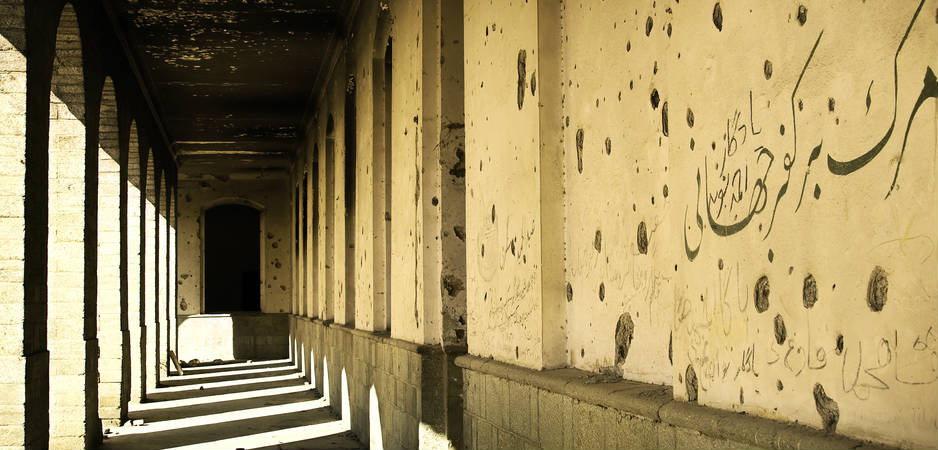

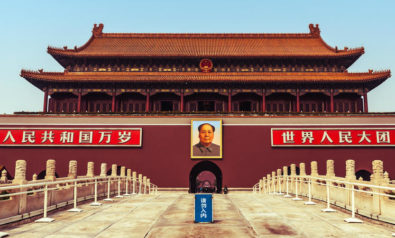







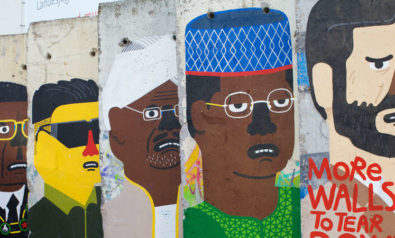
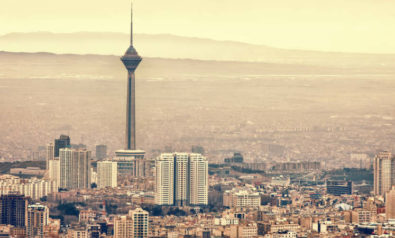
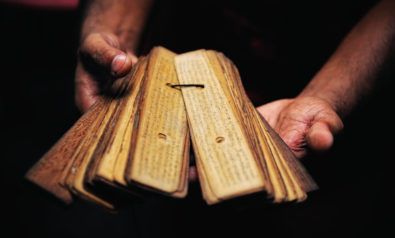

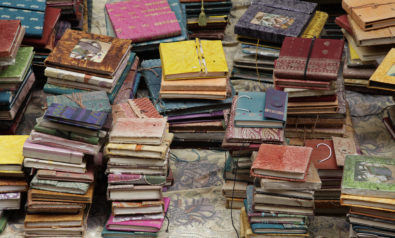


Comment